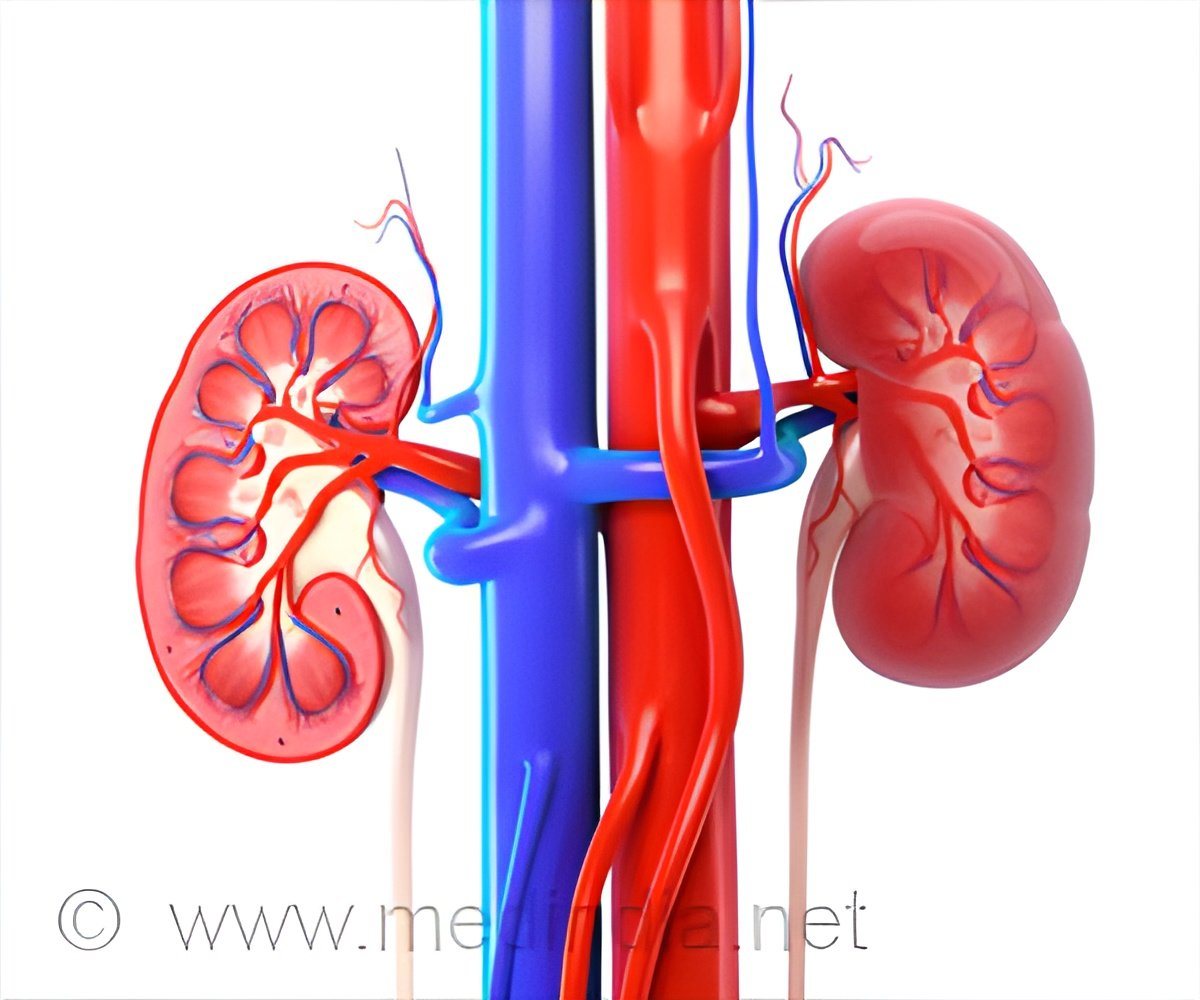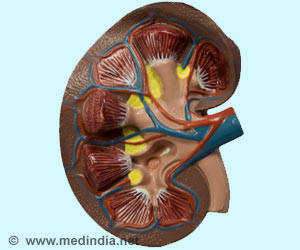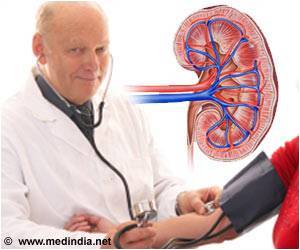
‘Enhancing either the production of STUB1 or its interaction with tissue factor (TF) could both be viable options for addressing excessive clotting in kidney disease.’
Tweet it Now
They say the strategy offers a much-needed therapeutic alternative to standard-of-care heparin, which throws off the finely-tuned balance between pro-clotting and anticoagulant factors in blood vessels that work to keep fluid flowing while protecting against excessive bleeding after injuries. Chronic kidney disease is associated with accumulation of uremic solutes in the blood, and it imposes a strong and independent risk for both venous and arterial thrombosis, yet the mechanisms involved and ways to control it without increasing bleeding have not been identified.
Seeking to better understand what causes clotting, the researchers developed an experimental model for late-stage kidney disease. The researchers narrowed in on a regulatory protein named STUB1 that interacts with a blood vessel wall component called tissue factor (TF), which triggers the clotting cascade. STUB1 belongs to a class of molecules called ubiquitin ligases that tag proteins (like TF) to be broken down for recycling. Interestingly, boosting STUB1 decreased the abundance of TF and prevented blood vessel blockages in these models without causing excessive bleeding.
In samples from human patients, the researchers noted an inverse correlation between the amounts of TF and STUB1. They say that enhancing either the production of STUB1 or its interaction with TF could both be viable options for addressing excessive clotting in kidney disease. They further add that several dynamic cellular events influence the blood clotting processes, and their precise quantification is required to determine a patient's overall risk of developing blood clots, and allow individualization of therapy.
"Our work establishes a new means of minimizing the uremic hyperthrombotic phenotype without altering the hemostatic balance, a long-sought-after combination in patients with chronic kidney disease," explained corresponding author Vipul Chitalia, MD, PhD, associate professor of medicine at BUSM. "Diverse expertise and a collaborative spirit of trainees and investigators, including Drs. Shashar, Belghasem, Kolachalama and Matsuura allowed this discovery to matriculate," said co-senior investigator Katya Ravid, DSc, professor of medicine and biochemistry at BUSM.
Advertisement















